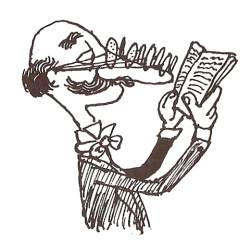Learning to read: a problem of rhythm?

Recently I've spent some time trying to help children learn to read, working with children at various stages of fluency. It strikes me that an important part of the process of learning to read is learning to «tokenize» or divide a written word into syllables.
This problem depends on a given language's phonetics – but is also a function of how our roman alphabet works. In for example the Japanese Hiragana alphabet, each letter is a syllable. The alphabet starts A, I, U, E, O, KA, KI, KU, KE, KO etc. The division into syllables is thus built into the spelling, being a property of the alphabet itself. It's quite common for a Japanese child to be able to read simple texts before 1st grade – maybe because syllables and phrasing isn't a problem to overcome when learning to read like it is in a Norwegian or English text?
Understanding syllables depends on a knowledge of the language – but perhaps it also is partly a function of musicality, of phrasing. Might knowledge and practise of music help children learn to read?
(I've just seen «The King's Speech» again – I recall the scene where Lionel says «Sing it!» to help King George VI express himself.)
Around a century ago, learning poetry by heart and reading it out loud was a well integrated activity in school curricula. (It still is in Iceland, as well as still being practised in the Suttung movement). It strikes me that this is a way to practise closely the rhythm and phrasing of language. Maybe it helped pupils learn to read? It would be really interesting to see research on whether performing spoken poetry and/or practising music has an impact on the fluency of reading.
Drawing: Gerald Hoffnung
<<: DV8: John (preview) -- Thoughts on Harris-Chomsky emails >>
